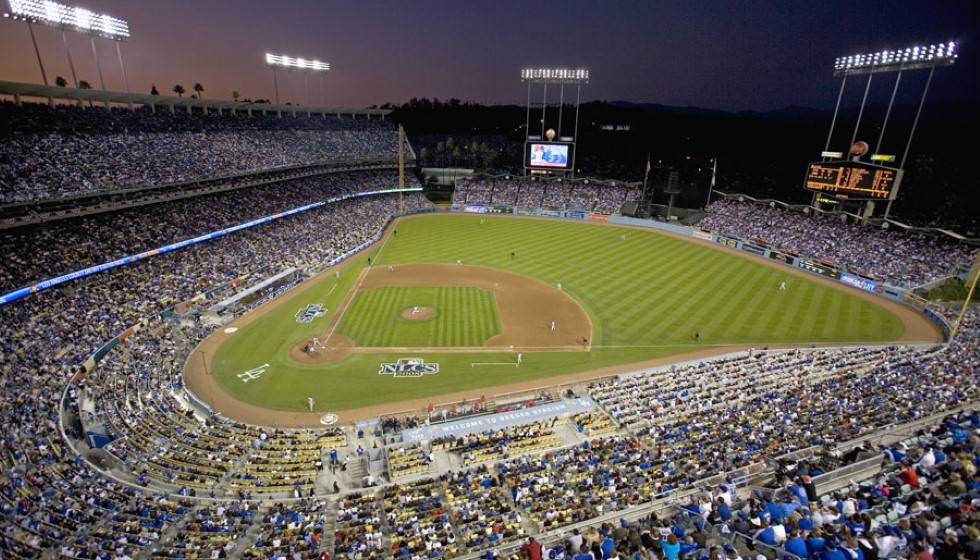
As the baseball world welcomes the year 2025, the landscape is already buzzing with significant shifts and notable player movements. With a considerable portion of top-tier free agents now placed with new teams, the stage is set for an intriguing season. Seven of the top ten and 25 of the top 50 free agents have inked deals, demonstrating the dynamic nature of this year’s offseason.
Arenado's Complex Situation
Nolan Arenado's storyline added a twist when he decided to block a trade during the offseason. This decision leaves the St. Louis Cardinals with $64 million to account for over the next three years for Arenado. There are whispers that Arenado might consider transitioning to first base to facilitate a future trade, adding layers to his current predicament. Simultaneously, the Cardinals are in what they term a "reset" phase, signaling a period of reevaluation and potential strategic redirection for the franchise.
Trade Winds and New Homes
The echoes of past trades continue to reverberate through the league. Last February marked the Corbin Burnes trade, which has influenced team rotations significantly. Likewise, the January trade involving Luis Arraez and Pablo López two years ago remains a notable reference point in player movement strategy.
Pitching contracts have been in the spotlight. Sonny Gray is anchored with a commitment of $65 million over two years, while Jordan Montgomery, through a player option, is set to earn $22.5 million in 2025. Such deals highlight the lucrative and strategic investments teams are willing to make to secure talent that can shape their competitive landscape. Notably, Luis Castillo will earn $22.75 million per year for the next three years, assuring stability in pitching payroll for his team.
Shifting Dynamics in San Diego
The San Diego Padres, a team with an estimated competitive balance tax payroll of $248 million for 2025, face internal adjustments following the passing of their owner, Peter Seidler, in late 2023. This development introduces an element of uncertainty and potential transformation in the Padres' strategic approach moving forward.
Financial Chess and Arbitration
The arbitration process remains a cornerstone of financial maneuvering in the league, with players like Luis Arraez and Dylan Cease projected to command approximately $14 million each. The strategic implications of arbitration decisions demonstrate how teams balance their budgetary constraints with the need to retain crucial talent.
However, financial strategies don’t stop there. Marcus Stroman’s $18 million contract for 2025 comes without a no-trade protection, offering flexibility in potential trade scenarios. Conversely, Ryan Pressly carries a $14 million price tag along with a no-trade clause, which could influence how teams navigate trade talks involving him.
Emerging Talent and Operational Challenges
Meanwhile, up-and-comer Brett Baty, at 25 years old, is eager to make his impact felt in the league. Young talent like Baty underscores the ongoing infusion of youth and potential into the league’s competitive tapestry.
Yet, challenges loom for some franchises. The Minnesota Twins are grappling with the fallout from the Diamond Sports Group bankruptcy, which could have far-reaching consequences on their operations. Teams must continuously adapt to the financial ebbs and flows as external factors inevitably impinge upon their strategies.
In a season poised for excitement and unpredictability, baseball fans are left to ponder Ken Kendrick’s remark on this offseason’s dealings as the "biggest mistake this season from a talent standpoint." As teams finalize their rosters and prepare for the first pitch of the season, the narratives formed in this bustling offseason will undoubtedly influence the course of play on the field.
As spring training looms on the horizon, the baseball world is watchful, anticipating how these strategic shifts will unfold in yet another thrilling chapter of America’s pastime.